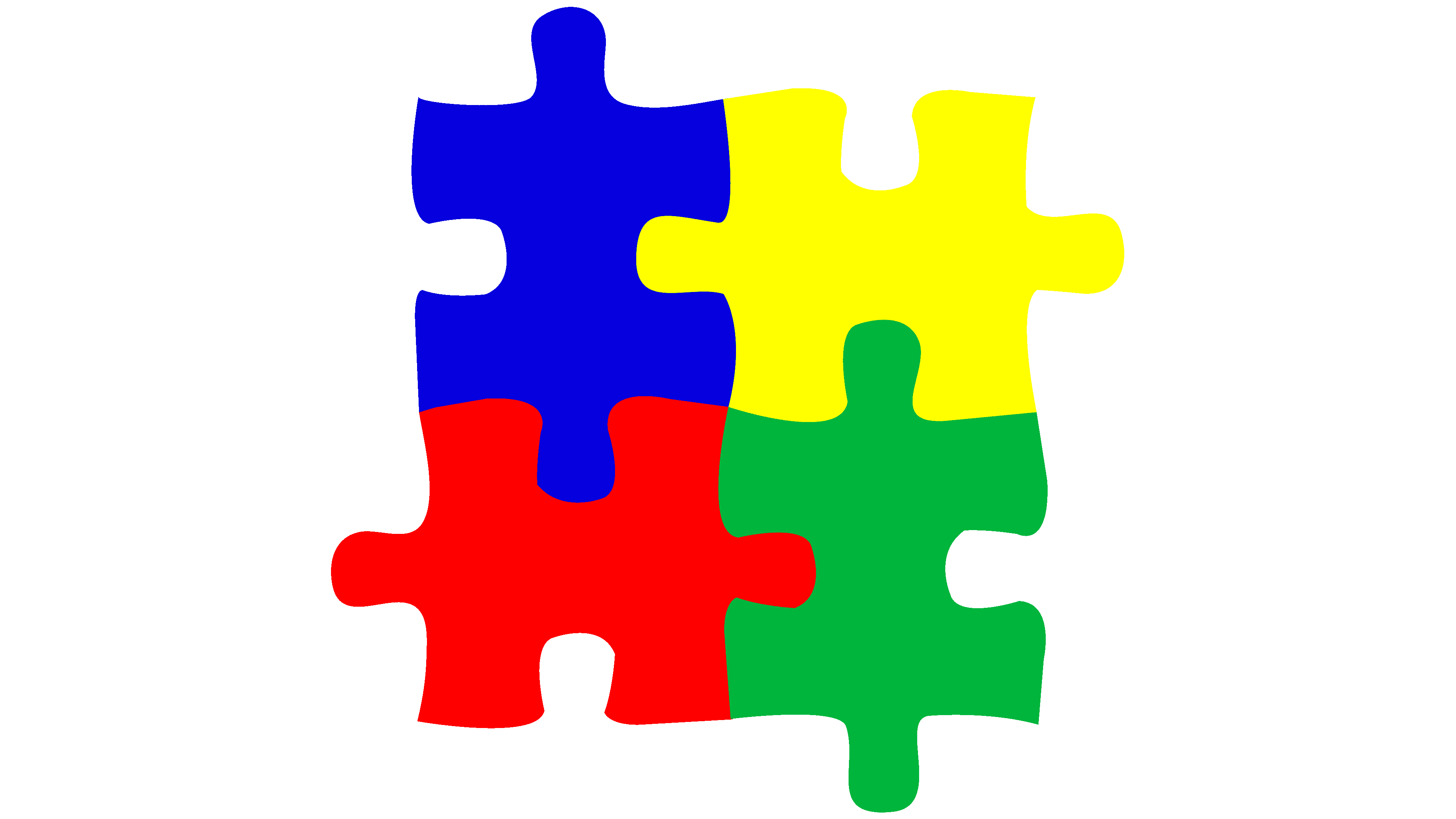Understanding Autism: A Comprehensive Guide to Signs And Symptoms and indications
Autism Spectrum Disorder (ASD) incorporates a wide variety of features that can dramatically influence a person's social interactions and day-to-day performance. Acknowledging the signs and symptoms and indicators, such as difficulties with eye contact, social interaction difficulties, and sensory level of sensitivities, is important for early treatment. Comprehending these subtleties not only aids caregivers and educators in providing proper assistance but likewise cultivates an extra comprehensive environment for people with ASD. As we explore the complexities of autism, it comes to be vital to think about exactly how these indications manifest differently across the range and what effects they hold for effective intervention techniques.
Overview of Autism Spectrum Disorder
Specifying Autism Range Problem (ASD) entails identifying it as a complex neurodevelopmental problem defined by a variety of difficulties in social communication, interaction, and behavioral patterns. The term "range" mirrors the vast variability in signs and their seriousness, which can vary considerably from one individual to an additional. ASD generally manifests in very early childhood years, although some people may not get a medical diagnosis until later in life.
Elements affecting the advancement of ASD consist of hereditary predispositions and environmental factors, although the specific causes remain under examination. Medical diagnosis commonly depends on behavioral assessments, as there are no clear-cut medical tests for ASD. Early treatment is vital and can considerably improve end results, focusing on enhancing interaction abilities, social communications, and flexible habits.
Individuals with ASD might likewise show one-of-a-kind staminas, such as phenomenal interest to information or particular areas of knowledge. Understanding the diverse nature of ASD is important for cultivating a comprehensive setting that suits neurodiversity. Proceeded research study is vital for creating effective treatments and support systems, allowing individuals with ASD to grow and fulfill their possible within culture.
Usual Signs of Autism
Identifying the usual indicators of Autism Range Disorder (ASD) is vital for very early identification and intervention. These signs can differ commonly in severity and presentation, yet certain qualities are frequently observed in people with ASD.
One of the most widespread indicators is a significant trouble in developing and maintaining eye contact. People may likewise show minimal interest in social communications and reveal a choice for solitary play.
Sensory sensitivities are also usual; individuals might underreact or overreact to sensory stimulations, such as lights, sounds, or appearances. autism. Language growth can be atypical, with some kids exhibiting postponed speech or utilizing language in uncommon methods, including echolalia-- duplicating phrases or sentences heard elsewhere
It is vital to note that not every person with ASD will present all these indications, and the level of these habits can differ considerably. Early recognition permits timely assistance and resources, improving the high quality of life for those on the spectrum.
Social Communication Challenges
Social interaction challenges are a trademark of Autism Spectrum Disorder (ASD), affecting a person's capability to engage successfully with others. These troubles can manifest in different ways, including challenges in initiating and maintaining conversations, recognizing social signs, and responding suitably in social communications.
Individuals with ASD might battle with nonverbal interaction, such as eye get in touch with, facial expressions, and body movement. This can bring about misconceptions, as their communicative intent may not be properly translated by others. Furthermore, they might locate it challenging to comprehend the nuances of tone and context, which are essential for effective communication.
In group setups, people with ASD might really feel overloaded and may not look what i found recognize just how to join in conversations (autism). They may likewise display irregular conversational patterns, such as monologuing about specific interests without acknowledging social reciprocity
Furthermore, these difficulties can result in social isolation or troubles in creating partnerships, as peers might misinterpret their behavior or interaction style. Understanding these social interaction obstacles is crucial for promoting encouraging settings that advertise social skills development and improve the top quality of communications for individuals on the autism range.
Sensory Actions and level of sensitivities
Lots of people with Autism Range Condition (ASD) experience enhanced sensory sensitivities that published here can significantly impact their every day lives. These level of sensitivities might manifest as over-responsiveness or under-responsiveness to sensory stimulations, consisting of noises, lights, appearances, tastes, and smells. For example, a person with ASD might discover day-to-day noises, such as a vacuum or crowded environments, overwhelmingly stressful, bring about anxiousness or disasters. Conversely, some might show an indifference to pain or severe temperatures, which can position safety and security issues.
Sensory handling distinctions in people with ASD can also influence their capability to take part in regular tasks and social communications. For instance, a youngster who is sensitive to touch might stand up to physical love or avoid certain clothes fabrics. Alternatively, a preference for sure textures or preferences can restrict dietary alternatives and produce obstacles throughout nourishments.
Recognizing these sensory level of sensitivities is important for acknowledging the special experiences of people with ASD. Awareness of their sensory accounts can foster far better communication and support methods, developing an environment that accommodates their demands and enhances their high quality of life. Inevitably, recognizing sensory sensitivities is a critical element of understanding the broader range of autism.

Sustaining Individuals With Autism
Effective support for individuals with Autism Range Disorder (ASD) is critical for enhancing their general wellness and cultivating self-reliance. Assistance approaches need to be tailored to fulfill the special needs of each individual, considering their toughness and challenges.

Social skills visit the site training can likewise play an essential duty. autism. Involving individuals in group activities or role-playing situations can improve their capability to browse social communications. In addition, it is important to inform member of the family, caretakers, and peers regarding ASD to promote a inclusive and helpful area
Verdict
To conclude, a thorough understanding of Autism Spectrum Disorder is crucial for identifying its symptoms and signs. Early identification of common features, such as social communication obstacles and sensory level of sensitivities, allows instructors and caretakers to carry out reliable interventions. By fostering enhanced communication and social skills, individuals with autism can navigate their settings much more effectively. Ultimately, boosted understanding and support can significantly enhance the lifestyle for those impacted by ASD.
Autism Spectrum Condition (ASD) incorporates a vast variety of attributes that can considerably impact a person's social communications and daily performance.Individuals with ASD might have a hard time with nonverbal communication, such as eye contact, facial expressions, and body language.Several individuals with Autism Spectrum Condition (ASD) experience heightened sensory level of sensitivities that can considerably influence their everyday lives.Sensory handling distinctions in people with ASD can likewise influence their ability to engage in social interactions and routine activities.Recognizing these sensory level of sensitivities is vital for acknowledging the one-of-a-kind experiences of people with ASD.
Comments on “Navigating Social Difficulties: Tips for People Dealing With Autism”